Increased investment Needed in Older Australians and Aged Care
While the Morrison Government has reported record investment of more than $2.7 billion to drive aged care reform and ensure the needs of senior Australians are prioritised, is it enough?
In a media release on the 8th October the Minister for Aged Care and Senior Australians, Richard Colbeck, said the 2020-21 Budget showcased the Morrison Government’s determination to strengthen our aged care system and keep our loved ones safe.
“A $1.6 billion investment into home care packages is the centrepiece of this year’s funding for senior Australians, as the Federal Government continues to respond to the recommendations of the Royal Commission into Aged Care Quality and Safety.”
“Funding for aged care has grown from $13 billion in 2012–13 to nearly $24 billion this year, and will reach over $27 billion by 2023–24 representing an increase by $8 billion over the forward estimates compared to last year’s Budget.”
With 23,000 additional home care packages – the largest allocation to date - and 6,105 packages announced in July 2020 at a cost of $325.7 million this takes Government investment to almost 30,000 packages, valued at more than $1.9 billion, to be delivered in 2020.
The additional places will continue to drive down the number of people in the Home Care National Prioritisation System following a 20 per cent decrease in the year to March 2020. These packages offer choice for some people who are seeking support in the home, but is it enough?
The 2020-21 Budget also includes the provision of $408.5 million for initiatives including:
- Dementia training and support ($11.3m)
- Implementation of the aged care workforce strategy ($10.3m)
- Keeping young people out of residential aged care ($10.6m)
- Preparatory work for a new funding model to support better care ($91.6m)
- Support for the Royal Commission ($4.1m)
- Support through the Business Improvement Fund ($35.6m)
- Commonwealth Disability Support for Older Australians ($125.3m)
- Investment in the Serious Incident Response Scheme ($29.8m); and
- Developing the single in home support program for older people at home ($4.6m).
As a leading provider of staff in the aged care and community care sector, I welcome the focus on the delivery of a more personalised aged care sector, with the investment by the Morrison Government of $10.8 million to attract and enhance the skills and leadership qualities of aged care nurses.
While I agree with the sentiment of Minister Colbeck who said “A strong aged care sector, with a high quality and skilled workforce will provide older Australians with the care they rightly deserve and give all Australians confidence that our elderly are cared for with kindness, respect and dignity,” is this investment enough?
In a media release on 27 Oct 2020, Aged and Community Services Australia CEO Patricia Sparrow said StewartBrown’s A ged Care Financial Performance Survey and Home care package data recently released delivered a wake up call that greater investment is needed to ensure older Australians get the services they need when they need them.
She states “While Government has committed to more home care packages, an additional 30,000 in the past budget, and provided some additional funding to support COVID related costs, this still does not bridge the gap.”
“The performance survey reveals we have an increasing number of facilities now at 64% - rising to a massive 78% in rural and remote areas - operating at a loss, with increasing costs from COVID and no respite in sight,” she said.
“This is not a few inefficient providers running into trouble, this is a systemic issue of underfunding and must be urgently addressed.”
“Urgent action is needed on both fronts. Without action the gap between the cost of quality care and funding will grow.”
“The Royal Commission final report, due early next year, provides a once-in-a-generation opportunity for big picture reform for the sector, rather than ongoing band-aid solutions, but actions should begin right now.
“For many people, the COVID-19 situation has led to job losses or changes and maybe considering new career options. The aged care workforce needs to triple by 2050 and we need even more workers immediately to help the sector care for older Australians.
“Employing more people, contributing to the country’s economic recovery and supporting older Australians has the potential to be a truly wonderful combination,” she said.
As we plan for 2021 we’ll continue our commitment to providing qualified staff for the aged care sector and welcome any additional investment to help bridge this gap.
Sources:
https://acsa.asn.au/Media/2020/Data-shows-urgent-need-for-increased-investment





